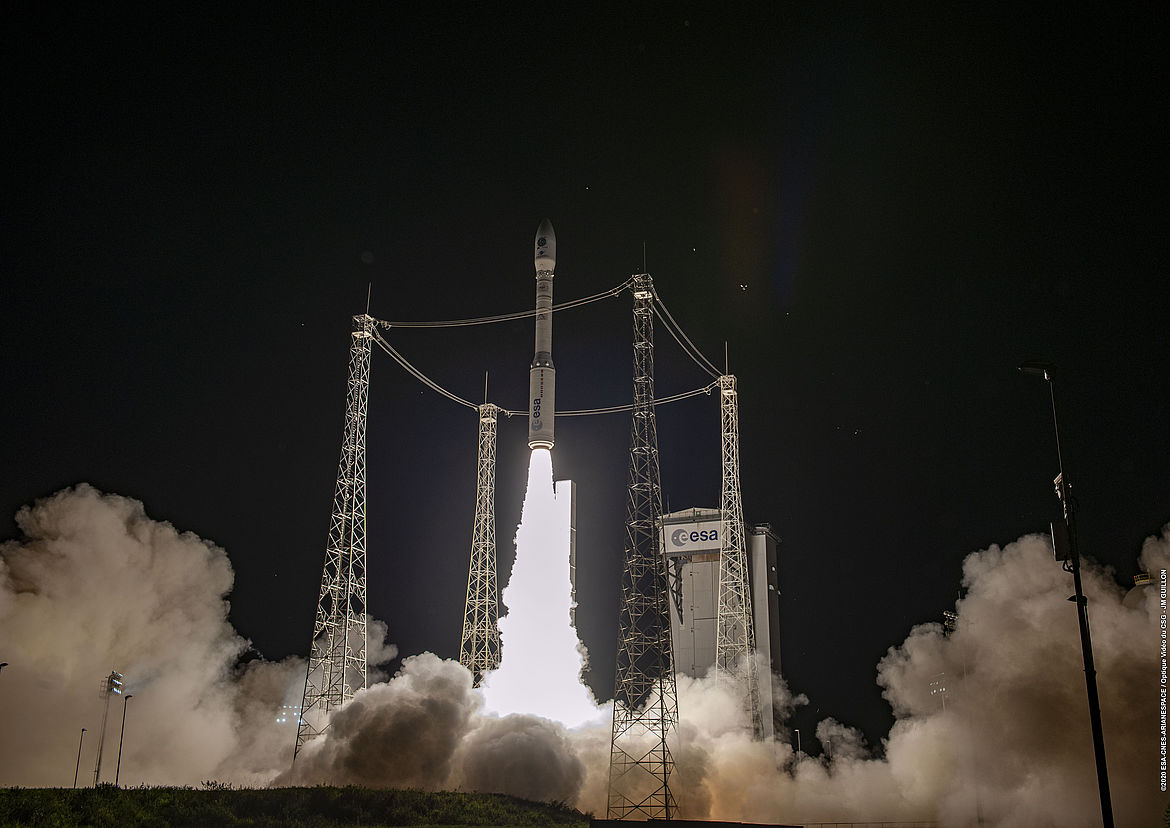How to increase the versatility and agility of spaceports?

Spaceports embracing the NewSpace paradigm tend to present themselves as infrastructures hosting operations from multiple stakeholders, either sharing the ground infrastructures or contributing to operations during a campaign in a multi-launcher scenario.
That scenario creates an increased need for agile monitoring and control operations, and for seamlessly distributing the information to operators and stakeholders involved in the operations in a secure way. The virtualised IT architecture does not only target the operations during the campaign but also enables the management and deployment of multiple architecture instantiations during campaign preparation, post-campaign reconfiguration and maintenance phases
For these purposes, SAMMBA has developed a demonstrator which features a virtualised Monitoring and Control architecture providing services to operators irrespective of their location. Its architecture is based on standard components and interfaces and allows to operate and maintain the systems in a more agile way, reducing the required infrastructure, operators on-site and costs.
The virtual cluster provides operators with the information and services for the operations. This cluster runs on standard HW and OS, hence reducing complexity. The systems in the virtual cluster are:
• The Launch Control System provides real-time track processing and flight safety information for the launch base. It centralises Launch Vehicle Tracking data or situation awareness information such as sea traffic surveillance events or hazard areas. It manages the countdown time & sequence as well as the Enable Launch or Safe Flight criteria and sends the command Flight Termination when needed.
• The Launchpad Control System monitors and controls the status of the launchpad and related facilities. It collects status data and sends commands either through data interfaces (fluid system) or through electrical interfaces (mechanical system). It provides the operators with a highly ergonomic Human Machine Interface that allows a fast reaction to events and failures in the monitored facilities.
• The Scheduling System handles the schedules for all the launch campaigns planned in the spaceport. The scheduler considers requested tasks, needed resources and constraints of each launcher type to propose an optimised schedule to the planning manager. Once the schedule is approved, the system tracks each task via a blockchain database that ensures the immutability of the exchanges between the operators and the system.
• LAB_METOC provides information about the weather forecast so that the scheduler system can take its impact into consideration for future spaceport planning of operations.
The data and information are shared in a Blockchain private network so operators from different entities can access the information necessary to their shared operations, guaranteeing the traceability of each one’s responsibility while securing confidential information between different stakeholders (Spaceport Operator SPO and Launch Service Providers, LSP’s, operating at the spaceport infrastructure)

Key advantages:
Cost-benefit: The optimisation of hardware procurement contributes to simplifying the installation and to reducing the space needed for the platform and its maintenance costs, which helps to minimise the CAPEX due to reduced infrastructure requirements. SAMMA monitoring and control architecture also helps reduce the on-site operators to help minimize operating costs (OPEX). The virtualisation of server and computer devices enhances scalability (multi-launcher campaign management) and enables delocalised operations and operators (distributed systems).
Reduced risk: The contribution regarding risk reduction relates to the risk of system unavailability and campaign delay, thanks to more efficient SW maintenance operations and monitoring.
Data Security: Data security is guaranteed through the Blockchain technology proposed for databases, in the format of a private network in which all stakeholders are identified along with their level of access to information channels. Moreover, data security is addressed in operational systems through more classic cybersecurity methodologies and approaches.
Simplified operations: The availability of information, distributed in real-time among the involved stakeholders, makes operations agile thus contributing to a reduction of the time consumed by operations and decision-making procedures. The use of standard technologies and protocolssimplifies the IV&V procedures and ensures long-term durability (increased infrastructures availability, reliability and reduced maintenance) hence also contributing to reduced operating expenses (OPEX).
Universality: System version management/orchestration for SW architecture allows parallelisation of operations and systems configuration for multi-launcher campaigns during campaign preparation and during the campaign itself. Multiple virtualised architectures can be maintained with no increase of HW or operations effort, deploying the appropriate version during campaign preparation, even off-site.
The architecture of the monitoring and control system is generic, thus contributing to the increased versatility of spaceports deploying SAMMBA systems. Applications that run in the virtual cluster in the SAMMBA system may be adapted to each spaceport. Moreover, virtualised architectures from different spaceports can be installed in standard HW with no specific procurement.
Remote operation: Delocalisation of operators and operations from the site itself allows the monitoring and support of operations off-site.
Follow us on our social media to keep yourself updated about the developments of the SAMMBA project.
Twitter: https://twitter.com/SAMMBA_H2020
LinkedIn: https://www.linkedin.com/company/69506837/
 | This project has received funding from the European Union’s Horizon 2020 research and innovation programme under grant agreement No 870451. This article reflects the author’s view and not necessarily the views of the European Commission. |
Image credits: ESA/CNES/Arianespace/Optique Vidéo du CSG – JM GUILLON
https://www.ohb.de/en/news/2020/lift-off-at-last-esail-successfully-launched